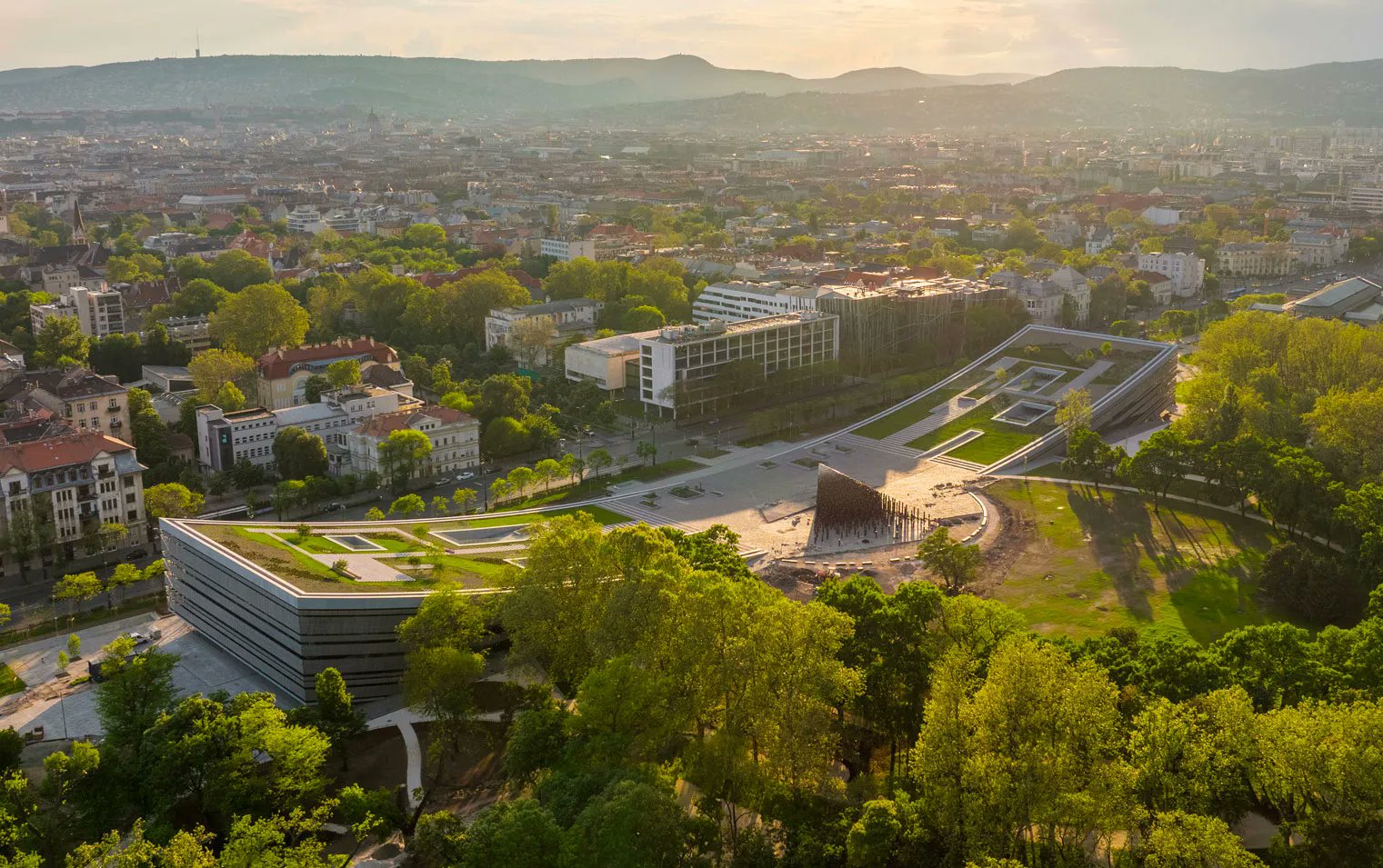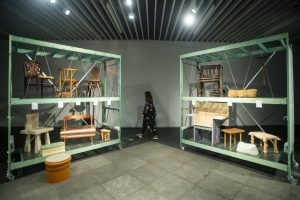
The Museum of Ethnography’s brand new building in Budapest’s City Park (Városliget), designed to fit in with its surroundings, was recently inaugurated and a series of lectures will soon be launched to mark the significant occasion: the museum is 150 years old this year.
“Around the world in 150 years” is the title of a series of lectures that the Hungarian Museum of Ethnography is preparing. It is an attempt to show how the ethnographers and anthropologists of the museum have traveled through Hungary and its surroundings, and indeed the whole planet.
“The successive presentations will show how the museum has developed a close relationship with an inestimable number of settlements and regions of the Earth and the Carpathian Basin through its collections, artifacts, documents and research over the past 150 years,” the museum’s website says. Among these are geographic locations – Borneo, Transylvania, Siberia, Transcarpathia, Amazonia, Kalotaszeg or Tiszaigar – to which the collections’ ties are particularly strong, thanks to multiple research or even coincidence.

A panoramic photo of the new building in the City Park, Budapest. Thanks to the Liget Budapest project, the Museum of Ethnography has a world-class new home.
These links will be the subject of talks and presentations by experts from the Museum of Ethnography between October 2022 and March 2023.
In the meantime, a temporary exhibition has just opened, which visitors will be able to visit from 13 October to 31 January. The exhibition, entitled “Chair Pairs”, will feature contemporary chair studies, combining knowledge from the collection with expressions of contemporary architecture and design. As the program description explains, the museum’s collection includes a chair collection of nearly 1200 objects.

The chair has long been one of the most dynamically growing pieces of furniture in the museum’s collection.
“The understanding of how essentially anything – a piece of wood and a bed, a piece of earth with a hinge or even a horse’s skull – can become a seating object demonstrates the mutually motivating logic of simplicity and creativity,” the museum’s website says.
The Museum of Ethnography opened in its new home this May. At the inauguration, Hungarian Prime Minister Viktor Orbán said that the new building aims to give the natural beauty of Hungarian folk culture a place to be revealed to its full extent. “Our treasures have found a place that suits them,” he added.
He urged people to “find joy every day in being Hungarian” and said the new Museum of Ethnography building, “an outstanding example of Hungarian ingenuity and sense of beauty”, could support that endeavor.
“I think the role of ethnographic #museums today is on the one hand to make sure that the collections are there for longer term, but also to make sure that think about connecting todays #community.” – Laura Van Broekhoven, Director of the @Pitt_Rivers Museum in Oxford. pic.twitter.com/QZOviGatum
— Museum of Ethnography / Néprajzi Múzeum (@neprajzi) June 27, 2022
Featured photo via MTI/Balogh Zoltán and Twitter